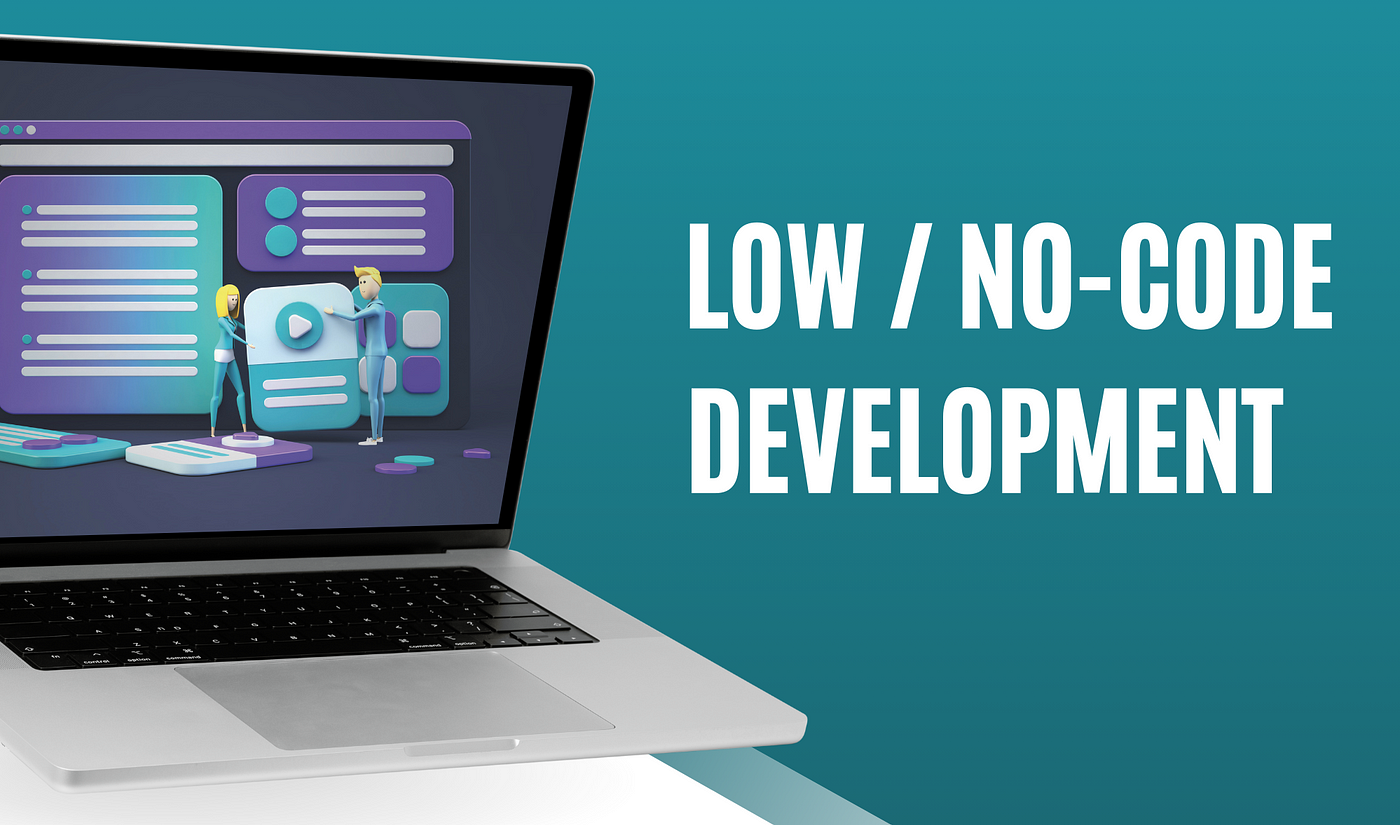In today’s digital age, software development is no longer confined to programmers and coding experts. With the rise of no-code platforms, anyone with an idea can build an app without writing a single line of code. This blog post will explore the capabilities of no-code development, document the process of building a simple app, and discuss both the potential and limitations of no-code platforms.
Understanding No-Code Development
No-code development is a revolutionary approach that enables users to create applications using visual development environments. These platforms provide drag-and-drop functionalities, pre-built components, and integrations that allow non-technical users to bring their ideas to life. Some of the most popular no-code platforms include:
-
Bubble – A robust no-code tool for building complex web applications.
-
Adalo – Ideal for developing mobile apps with an intuitive interface.
-
OutSystems – A powerful platform for enterprise-level applications.
-
Glide – Turns spreadsheets into functional apps effortlessly.
-
Zapier – Automates workflows by connecting different applications.
The No-Code Challenge: Building a Simple App
To put no-code to the test, let’s embark on a challenge: building a simple task management app using Bubble.
Step 1: Defining the App Idea
The goal is to create a Task Manager that allows users to add, track, and complete tasks.
Step 2: Setting Up Bubble
-
Sign Up & Create a New Project – Register on Bubble.io and start a new app.
-
Choose a Template or Start from Scratch – Bubble offers pre-made templates, but for this challenge, we’ll start fresh.
Step 3: Designing the Interface
Using Bubble’s drag-and-drop editor:
-
Add an Input Field for users to enter task names.
-
Add a Button labeled “Add Task.”
-
Create a Repeating Group to display the list of tasks.
-
Include a Checkbox to mark tasks as complete.
Step 4: Implementing the Logic
No-code platforms rely on workflows instead of traditional programming logic:
-
Workflow for Adding a Task: When the “Add Task” button is clicked, store the input in the database and display it in the task list.
-
Workflow for Completing a Task: When a checkbox is clicked, mark the task as complete and update its status.
-
Workflow for Deleting a Task: Add a delete button to remove completed tasks.
Step 5: Testing and Deployment
Before publishing, test the app:
-
Add tasks and ensure they appear correctly.
-
Check if completed tasks update properly.
-
Test deleting completed tasks.
Once satisfied, deploy the app and share the link with users!
The Potential of No-Code Development
No-code platforms offer incredible benefits:
-
Faster Development Time – Apps can be built in hours or days instead of weeks.
-
Cost-Effective – No need to hire expensive developers.
-
Accessibility – Anyone with an idea can bring it to life.
-
Scalability – Many no-code tools support business growth with robust integrations and automation.
Limitations of No-Code Development
Despite its advantages, no-code has limitations:
-
Customization Constraints – Advanced custom features may not be supported.
-
Scalability Issues – High-traffic apps may face performance bottlenecks.
-
Vendor Lock-In – Migrating to traditional development later can be challenging.
-
Limited Control – Developers have less control over backend logic and security.
Conclusion
No-code development is a game-changer, democratizing app creation for non-technical users. While it has some limitations, the benefits far outweigh the drawbacks for many projects. Whether you’re a business owner, entrepreneur, or hobbyist, exploring no-code platforms can open doors to innovative solutions.
Are you ready to take the No-Code Challenge? Pick a platform, start building, and unleash your creativity!

